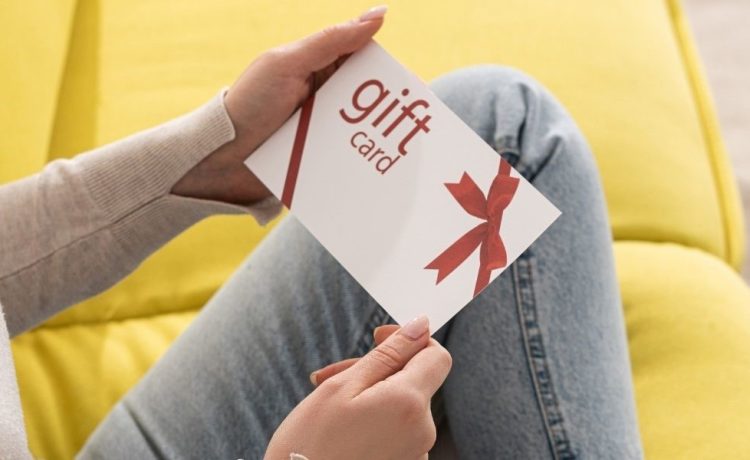Digital gift card delivery happens within minutes through automated systems connecting purchases to the recipient’s inboxes. The technology enables instant gifting that physical cards cannot match. Understanding delivery mechanisms helps consumers troubleshoot problems when cards fail to arrive. Verifying american express gift card balance immediately after receiving digital cards ensures delivery is completed correctly with proper amounts loaded. The instant delivery capability transformed gift card markets by eliminating shipping delays that frustrated last-minute shoppers for decades.
Purchase processing speed
Online checkout systems capture recipient email addresses during gift card purchases. Payment authorisation triggers immediate card generation through automated processes. No human intervention occurs between payment confirmation and card creation. Systems generate unique card numbers, security codes, and activation status automatically. Database entries are created instantly once payments clear. These entries contain all card details, including assigned values, recipient information, and purchase timestamps. The entire process completes in under thirty seconds from payment authorisation to database storage.
Automated email generation
Card generation triggers automated email composition through template systems. These templates pull card details from databases and format them into consumer-friendly messages. Customization options allow purchasers to add personal messages, select visual designs, schedule delivery times. Email servers queue messages for immediate sending or delayed delivery based on the purchaser’s specifications. Scheduled delivery allows advance purchases for future occasions without immediate sending. The systems hold completed cards until specified delivery dates arrive.
SMTP relay systems
Simple Mail Transfer Protocol handles actual message transmission from retailer servers to recipient mail servers. SMTP relay servers manage high-volume sending without triggering spam filters. Retailers maintain relationships with email service providers, ensuring deliverability. Message headers contain authentication data proving the sender’s legitimacy. SPF records, DKIM signatures, and DMARC policies all verify that messages originate from authorised servers. These security measures prevent phishing attempts while ensuring legitimate cards reach intended recipients.
Inbox arrival timing
Most digital cards arrive within five to fifteen minutes of purchase completion. Network congestion, server loads, and recipient email provider processing speeds all affect delivery timing. Peak shopping periods like holidays create slight delays as systems handle increased volumes. Spam filters sometimes delay or block gift card emails. Recipients should check spam folders when cards fail to arrive promptly. Adding retailer email addresses to contact lists prevents future filtering. Allowing sender domains ensures cards reach primary inboxes.
Mobile optimization formats
Email templates use responsive design, adapting to different screen sizes. Mobile devices display cards properly formatted for smaller screens. Desktop computers show expanded versions with additional graphics. The adaptation happens automatically based on recipient device types. Embedded barcodes or QR codes enable immediate mobile redemption. Recipients scan codes at checkout without printing physical copies. Touch-friendly buttons link to balance checking pages or retailer websites. Mobile optimization recognizes that most recipients open emails on phones rather than computers.
Digital gift card instant delivery relies on purchase processing speed, automated email generation, SMTP relay systems, optimised inbox arrival, mobile format adaptation, security measure integration, and delivery confirmation tracking. These technological components work together, enabling five-minute delivery that revolutionised gift card convenience while maintaining security, protecting card values from unauthorised access.










